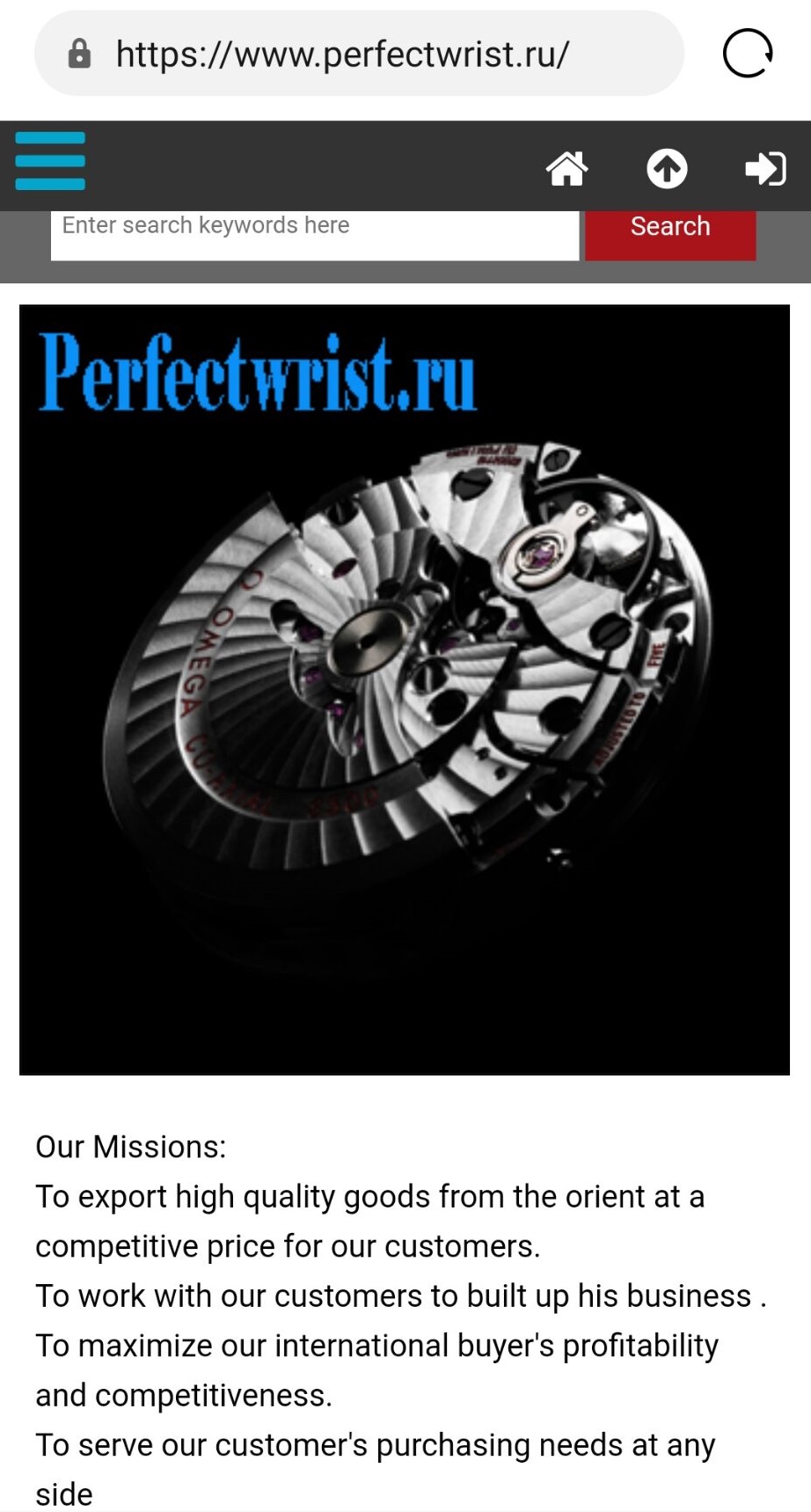I love art in all its forms Hermès Arceau Cheval Cosmique, be it musical, movement, pictures, or prose. Many think of art in the more traditional formats like paintings, drawings, sculptures, photographs, film, and possibly textiles. But art surrounds us in forms and mediums as diverse as grand architecture, beautiful sonnets, and live performances. And what’s more, art is understandable by specific principles using defined elements allowing for the creation of every possible piece of art imaginable.
One might think definitions and principles would fundamentally limit art, but they are not what you use to make art (even though you inherently do); they are what we use to dissect what the art is, regardless of the form it exists. It’s possible that you can create art that breaks every rule of design and composition, and yet we can still analyze it using the principles and elements of design.
That is because everything we can create will relate in some way: the principles and elements of design are based on how we humans sense and understand the world around us. Therefore, depending on who you are and what you have experienced in your life, you may fundamentally connect to certain elements and principles of design more than others.
I appreciate patterns (thanks to my primate brain) and contrast, both of which are principles of design, and the use of shape and line to create textures, elements of design.
This Hermès Arceau Cheval Cosmique also means that I am often drawn to bold patterns mixed and matched with subtle elements and details drawing attention to contrast. Perennial favorites include repeating patterns of lines juxtaposed with natural shapes. Think geometric architecture jutting out of the side of a rolling, grass-covered hill. This also results in a fondness for graphic design, logos, and graphical elements in traditional places.
And that brings me to Hermès, the Arceau, and Gianpaolo Pagni.
Design nerd side note: the elements of design include line, shape, form, color, texture, space, and value, together making up the “tools” of an artist, the objects that can be used to create art. The Principles of Design include pattern, contrast, emphasis, balance, scale, harmony, and movement, together making up the “methods” of using the “tools” to create art. Some sources separate principles or elements into more distinct categories, but they still cover the same results. One that is mentioned specifically in non-static art (i.e., film, music, theater, literature, performance art) is time, which can be used both as an element or a principle of design. As more art becomes multimedia-based, time is referenced more often.
Pagni is an Italian born printmaker, illustrator, and artist who has been professionally active in Paris since at least 1993. Specializing in geometric patterns, primary colors, and an emphasis on pure shape, Pagni has created a wide array of works that help to distinguish his work as distinctly his own. He first began working with Hermès in 2011 designing prints for scarves, which translated into shawls, blankets, twillys, and other accessories highlighting Pagni’s unique penchant for patterns.
One key aspect of his work is how Pagni creates hand stamps, which he uses to create repetition with shapes, lines, and colors. Across his career, specific patterns have become frequent visitors to his works, sort of like subtle signatures of the artist’s creative mind. One of these patterns is concentric arced lines, often used to create incredibly striking, undulating squiggle patterns.
Searching through many of his past works, the first evidence of this specific pattern is found illustrated in his print book La Pasta from 2003. The entry for linguine depicts the origins of this pattern, which has evolved over the years as Pagni created different stamps for variations and alternate uses.
The most replicated version is in his book Everybody Loves Somebody . . . And Nobody from 2015. This pattern was also coincidentally first seen on an Hermès scarf in 2013, though in a less undulating manner than seen later. That playful use of the pattern eventually found its way back to Hermès when Pagni designed an illustration dubbed Cheval Cosmique (“cosmic horse” in French), which has been featured on a scarf, blanket, hand-painted tray, and now a watch (you might have seen that coming).
The Hermès Arceau Cheval Cosmique silhouetted trotting horse, by the way, is said to be based on one from Émile Hermès’ private collection.
But the fun and creativity that comes from Hermès, its collaborations with artists, and its willingness to combine fine craftsmanship (something very important to me as a maker) with all sorts of inspirations gives me the impression that the brand has a sense of humility with its work, wanting to play and create interesting things without taking itself too seriously.
I’m excited to see more creativity from Hermès and its design collaborators, and if things go we’ll find more examples of bold patterns with high-contrast juxtaposed with the gentler beauty in so many things. If the relationship with Gianpaolo Pagni to create the incredible Arceau Cheval Cosmique is any indication, I’m bound to be hypnotized again before I know it.
